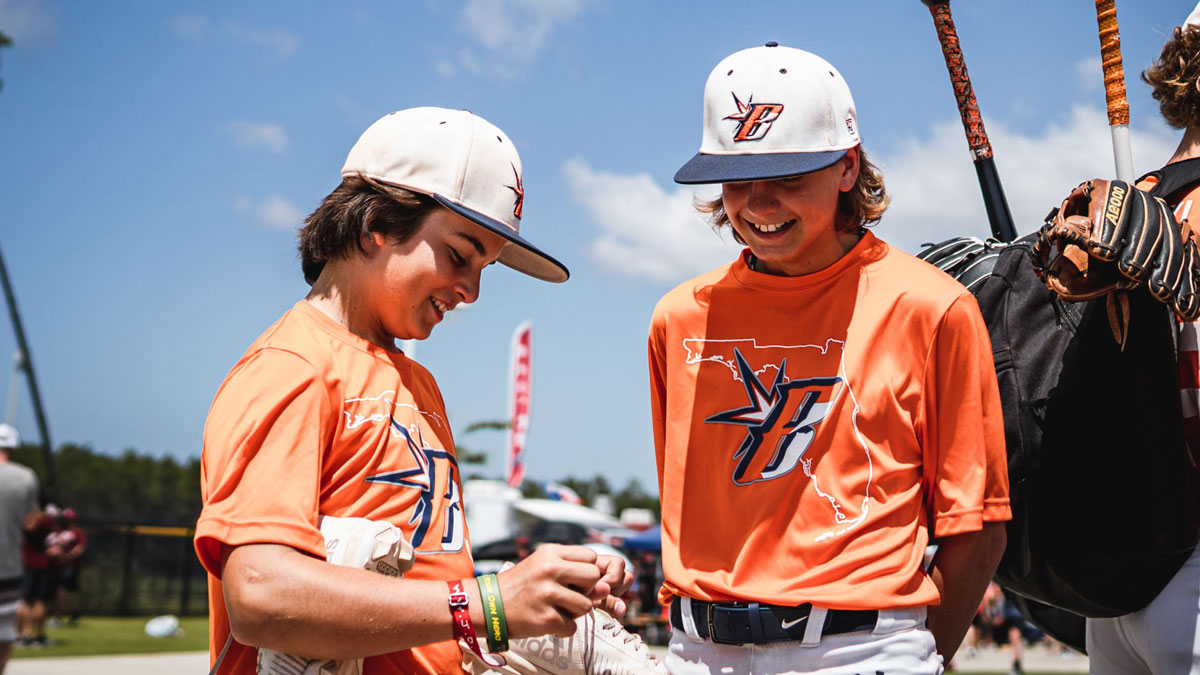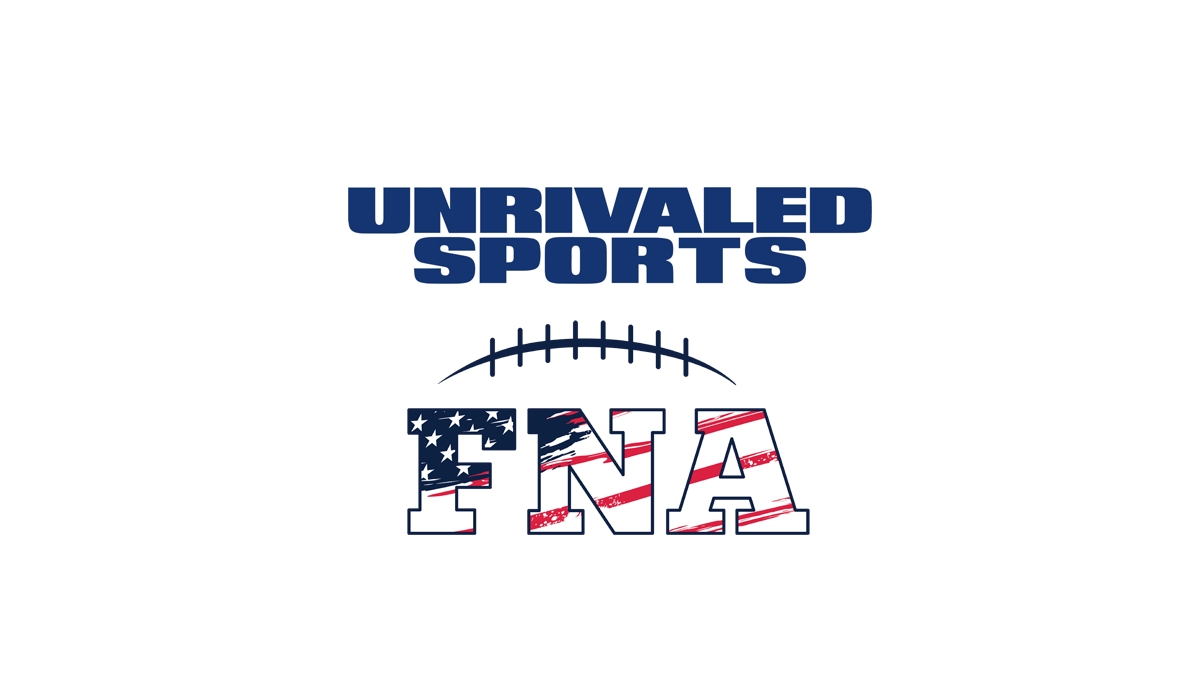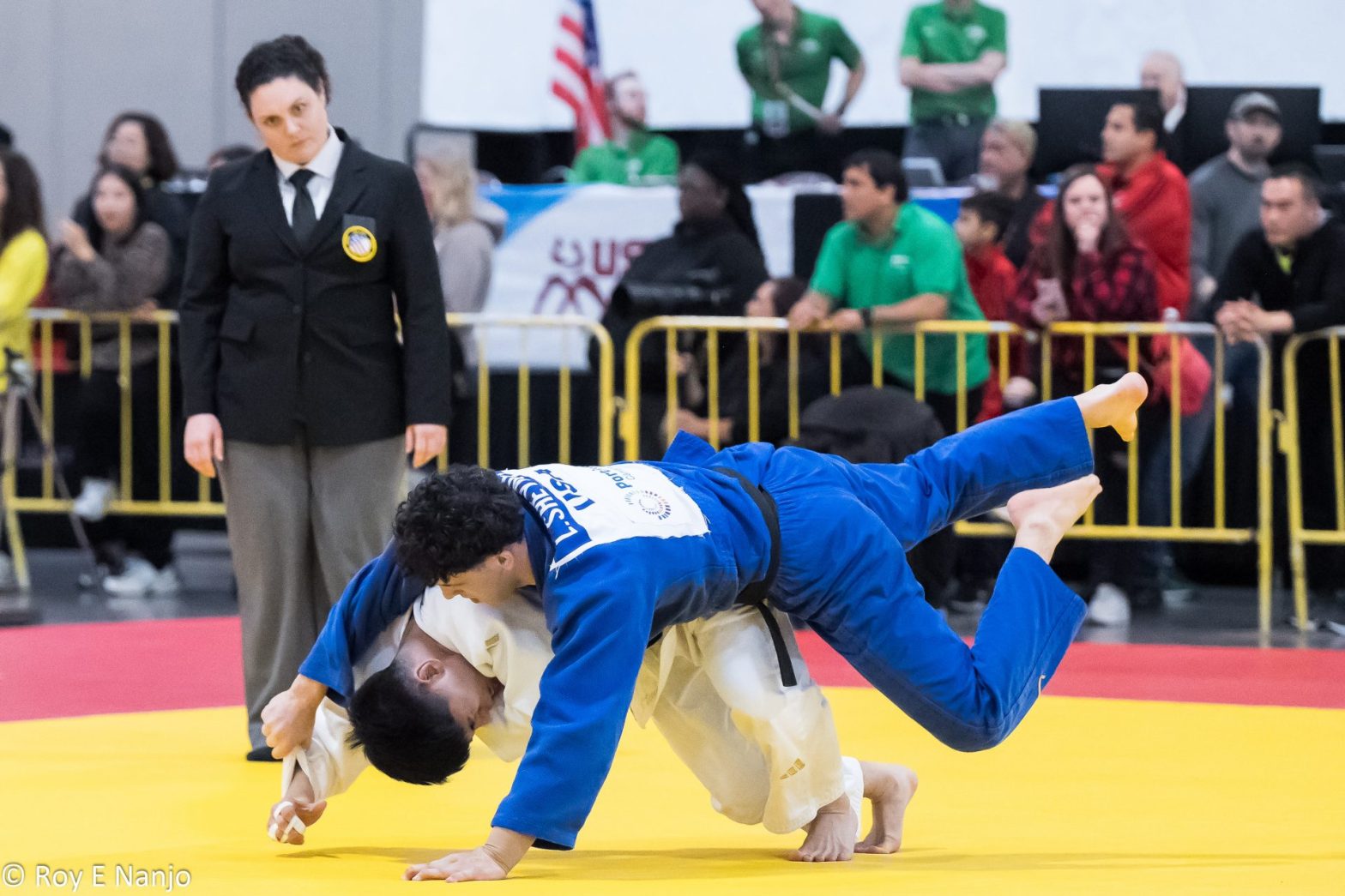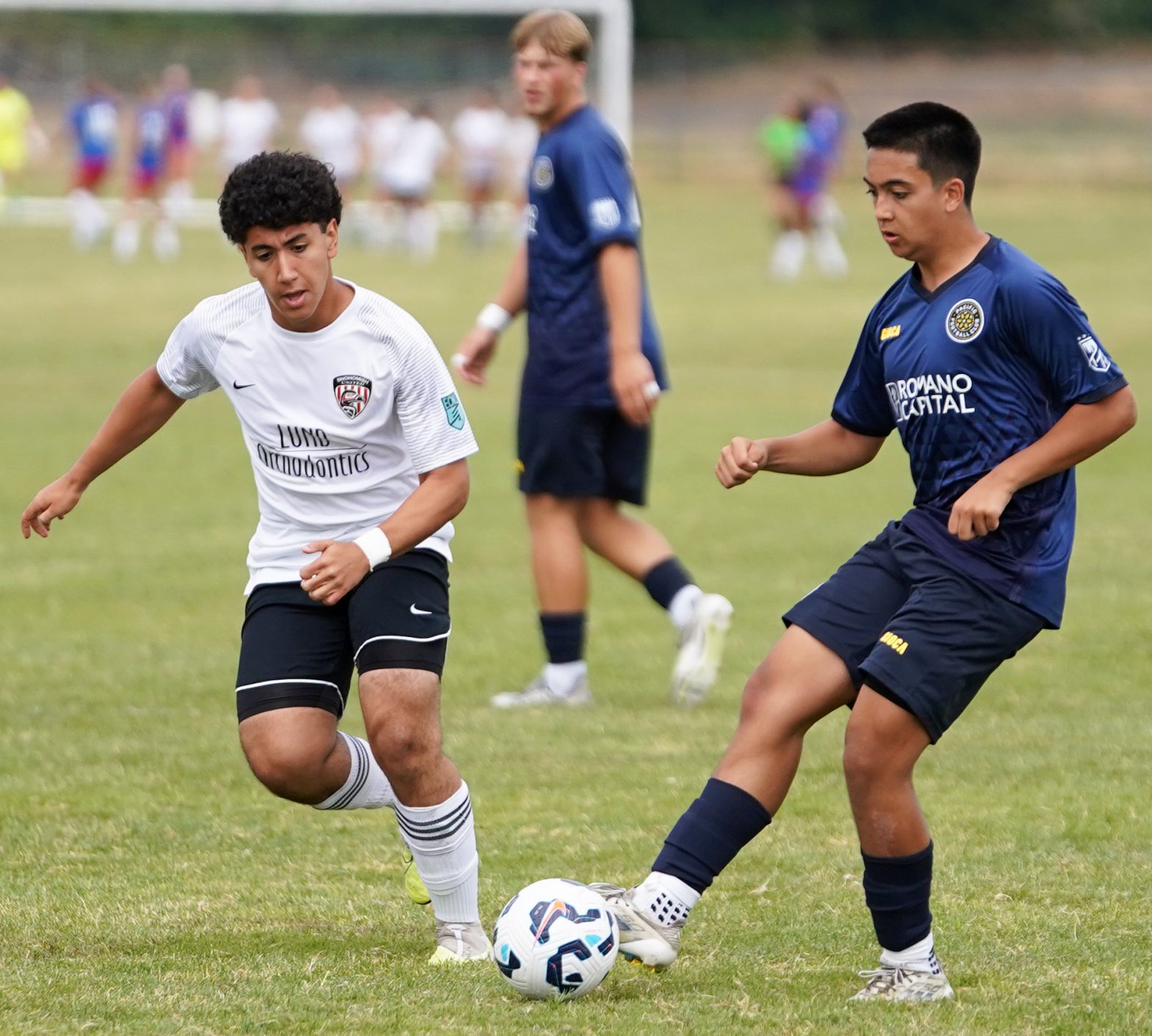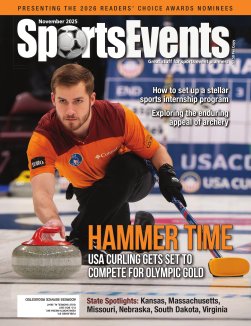
While curling may not be the oldest sport, the game of stones still has a long history.
Though its exact origins aren’t completely clear, the first recorded evidence of the sport dates to accounts from 16th-century Scotland. The sport spread alongside the Scottish diaspora, but it wasn’t until 1924—the year of the first Olympic Winter Games—that curling officially made its debut as an international competition. In those original games in Chamonix, France, Great Britain swept its competitors, Sweden and France. Curling was included in the Winter Olympic Games once again in 1932 during the Lake Placid Games, but it disappeared for decades before being brought back during the 1998 Nagano Winter Games.
The sport has been a mainstay since, but curling is enjoyed so much more than just once every four years. The “roaring game”—a nickname given because of the “roar” caused by the granite stone traveling over the ice—has continued to gain fans and participants, particularly in the United States. In recent years, USA Curling, the national governing body of the sport, has increased its numbers to almost 200 member clubs, and has seen 80 curling-specific facilities open their doors, notes CEO Dean Gemmell.
“We’re still viewed by many as a sport only played in northern rural communities, but in the last 10 to 15 years we’ve had new facilities open up all over the country,” he says. “We’re spreading our footprint across the country with more dedicated ice facilities. That has been an exciting development for us.”
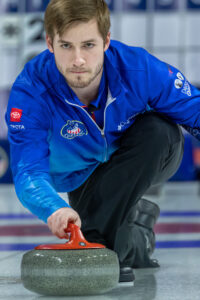
Sweeping the nation
USA Curling is headquartered in Minnesota and the organization has long had great participation there, along with states like Wisconsin and North Dakota. The organization also boasts many curlers on the East Coast, from Maine to Florida. “We now have pockets of places where there are a lot of curlers versus just one or two like in the past,” adds Gemmell. “A big part of our agenda is to help clubs make that transition to curling-specific facilities. The sport is more accessible if you have your specific facility to do it.”
Amongst its nearly 200 member clubs—which can range in size from 30 members to upwards of 1,100 members—USA Curling currently has approximately 22,000 total participants. But as Gemmell points out, the number of Americans who play the sport increases each year. “Close to 100,000 people each year step on curling ice and try it out,” he says. “Most of our clubs have a robust private event program as an outreach to communities, which gets a lot of people at least trying it out or playing it once a year.”
USA Curling works alongside its member clubs in many ways to help grow the sport at the grassroots level. Part of doing so is making its national championships and other events more appealing to fans and attendees, Gemmell shares. “Building a better fan experience and getting people to the events and helping them understand the game is part of our effort to continue to expand our reach,” he explains.
USA Curling also aims to equip member clubs with the support needed to encourage potential players who try out the sport at an outreach program to become full members. “We work closely with member clubs on helping them improve their conversion rate, including instructor courses and learn to curl guides,” says Gemmell. “When you first start out with curling, it’s hard like golf, but you can quickly gain confidence and enjoy it much faster than golf. Like golf, it’s harder to play at the elite level, but it’s much easier to play at the recreational level. Many programs have adopted beginner leagues or rookie leagues, and we’re confident that will continue to increase our membership numbers.”
Rocking curling’s health benefits
Curling club membership has benefits beyond just playing a fun, challenging game. It also comes with a social side, Gemmell says. “Typically, after you finish a game in your club, the winner buys the first round, the loser reciprocates, and both teams sit around and talk and socialize,” he says. “People can forge a real connection with others in the sport of curling, and that can be a big reason people keep playing.”
Further, unlike some other sports, curling can be enjoyed at a competitive level at any age. “We often say we have participants from the age of 8 to 80,” says Gemmell. “That includes youth players who start young, those who pick it up in their teenage years, and those who are older and have never even played before. That’s another great thing about curling—you can start playing as an adult and compete [at a professional level].”
A 2023 study from North Carolina State University found the largest population group experiencing growth within USA Curling is the 25 to 45 age bracket. “We are getting a lot of adults coming out of college and looking for a sport that can combine competition, recreation, and some socialization,” Gemmell says. “Not many sports deliver more on those three than ours.”

A sport of champions
USA Curling is also working to grow the sport by delivering high-level performances, which includes its national championships, as well
as on the world stage with major international competitions. Currently, the organization runs 18 different national championships in addition to the Olympic disciplines.
“We try to provide a championship and pathway to competition for just about anyone who picks up the sport,” adds Gemmell.
The organization seeks to host many of those national championships and other events across the country. Many are hosted in curling-specific facilities with at least four sheets of ice. However, some of its championships require a facility that has six sheets of ice.
“But it doesn’t have to be a dedicated curling facility to host an event,” Gemmell says. “If a city has a suitable arena, we’re always interested in talking to them about hosting one of our championships. Typically, we’re looking at 3,000- to 4,000-seat arenas.”
As Gemmell points out, hosting a USA Curling event can be rewarding for a city, as they attract a lot of people for events covering an entire weekend. “We bring not only competitors, but also friends, family, and fans,” he explains. “We sell tickets to at least two sessions per day, and sometimes three sessions per day. Our events are good opportunities for arenas to make a positive, revenue-producing event.”
As interest in curling continues to grow in the country—a trend which only accelerates around the Winter Olympic Games—Gemmell feels USA Curling’s events and membership will continue to expand and more curling facilities will continue to pop up around the country. “Curling brings people together in a unique way,” Gemmell says. “There’s something special about the way the game unfolds on the ice and off the ice that makes it a great addition to any community. I believe when there is a curling facility in a community, the community is better for it.”



